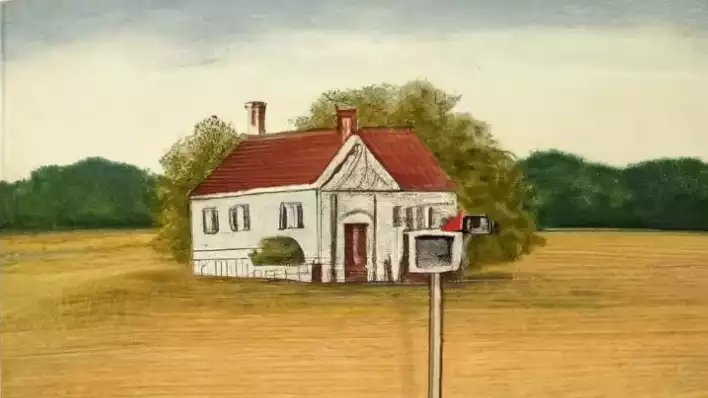"Zork" was the first game created by the great Infocom, and one that influenced the genre as a whole. inspired by the Colossal Cave Adventure, the first text adventure to become widely known on the computer scene in the 1970s. First released in 1977 for the PDP-10 by four friends and coders at MIT, the original developers and other collaborators founded Infocom, which later refined, expanded, and released it as a commercial product for the PC. It was improved, expanded, and released.
The game was the catalyst for launching not only Infocom as a whole, but an entire genre. It was not the first text adventure, but its sophistication far surpassed anything that had come before (adventures used two-word commands). The text parser was designed so that the player would type in a "natural" word and the game would interpret the command, acting as a sort of narrator or dungeon master to explain what had happened, the current situation and locale. Zork" was not only responsive, it was entertaining and succeeded in creating the feeling of a personality, of a computer speaking to you. Inspired by this game, similar games flooded the market, but few could match it.
"Sophisticated text input and output is a truly modern topic, which inevitably happened because Zork was a completely text-based game.
"Some of Google's adventure game fans wondered what would happen if they used the output of the classic text adventure game Zork as input to Imagen, Google's text-to-image diffusion model," said Google Principal Engineer Matt Walsh wrote. [It was a fascinating journey through an esoteric language and a lost (but redesigned) tool chain. [The results are as follows.
So here, the description of the fantasy text adventure to the player is used as a prompt for the AI image creation tool. As Walsh's narration explains, this is not so simple, and the team working on this project had to connect elements of the way Zork presents information and the way Imagen interprets and remembers things. The team then went further and showed that they could implement a visual inventory for the player, for example.
The strangest thing about this, however, is that Imagen can generate a wide variety of artistic styles. An example shown in the video is a white house rendered in a variety of ways, from Rembrandt pastiche to mosaic to painterly pencil drawings. Other places shown range from realistic to impressionistic.
In other words, this is not a visualization of one version of "Zork," but a myriad of different variations on how this world might look. zork 2" is also briefly presented, with the promise that the work of this project can be applied relatively easily to other Infocom titles and promises that it can be applied to other Infocom titles with relative ease.
From the way Walsh talks, it sounds like this is a project that is not currently publicly available but will be released at some point. Activision ended up owning Infocom, but "Zork" was Infocom's only brand.
It is straightforwardly strange to "see" Zork for the first time, having only existed in the imagination. As one would expect, some of the rooms look interesting and atmospheric, while others look a bit uninspired.
But it is a remarkable example of the new paying homage to the old. Who knows where these AI tools will end up, but it seems certain that using them to bring the interactive past to life is one of the more benign uses.
The strange name Zork. The unfinished program was called "Zork." And it seems that Zork is not finished yet.
.

Comments